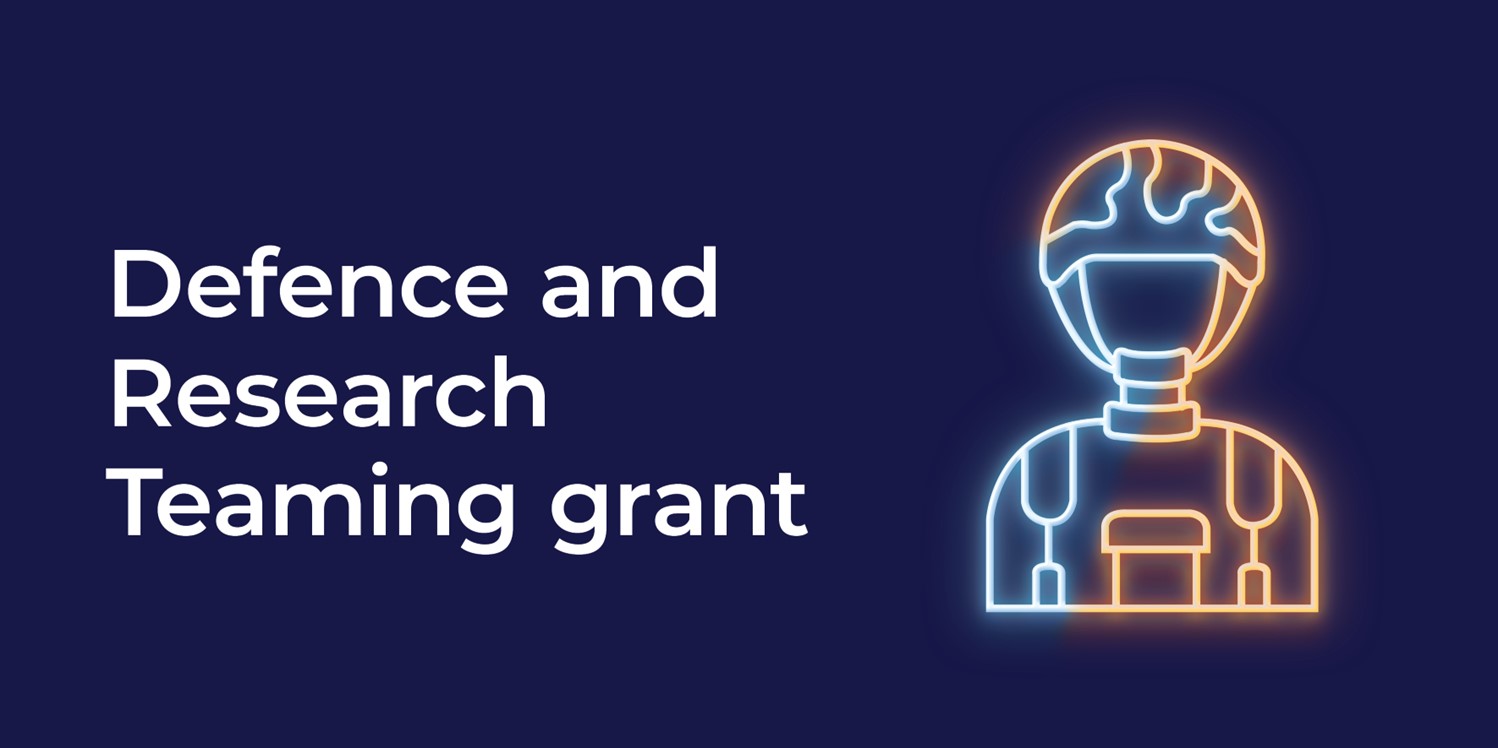This grant round has now closed.
The Defence and Research Teaming (DaRT) 2025 is a Western Australian Government initiative delivered by the Defence Science Centre (DSC) that seeks to foster engagement between Defence personnel, academia and industry to address real world problems in the defence sector.
DaRT timeline
| Event | Date |
|---|---|
Exercise Western Dawn | 1-11 September 2025 |
Call for Proposals opened | 4 November 2025 |
Call for Proposals closed | 5pm, 12 December 2025 (AWST) |
Successful Team(s) notified | March 2026 |
Contract award | To be defined during contract negotiations |
Final Project Delivery | To be defined during contract negotiations |
Application information
Important: Each team must include an Exercise Western Dawn 2025 participant and an industry partner.
The application for DaRT 2025 is to be based but not limited by the pitch provided at Exercise Western Dawn 2025 in response to the two innovation themes:
- Persistent Situational Awareness: Enhancing capacity in close proximity to critical infrastructure
- Emerging Technology: Generating asymmetric advantage for homeland defence.
Applicants are not limited to pitches that they delivered.
Applications will be assessed against information and evidence provided in relation to the following selection criteria:
- Alignment: Project proposals should be aligned with the themes to be addressed (Persistent Situational Awareness, Emerging Technology).
- Collaboration: The extent to which the proposed solution encourages teamwork, knowledge exchange, and resource sharing.
- Feasibility: The extent to which the proposed solution can feasibly be delivered given the proposed delivery approach and resources commitment (consumables, facilities, researchers, others).
- Impact: The extent to which the proposed solution will deliver effects that will increase or enhance the operational performance of the ADF.
Submitting your application
Applications have closed.
Who can participate?
Show moreEach application for DaRT 2025 must include at least one participant in Exercise Western Dawn 2025 (1-11 September). If your application does not include a participant, you are not eligible to apply for this funding.
Am I limited to collaborating with the team I was placed in for Exercise Western Dawn 2025?
Show moreNo. You are not limited by the initial teams. You may collaborate or co-submit with any participants from Exercise Western Dawn 2025.
Can I partner with an industry partner who didn’t participate in DaRT?
Show moreYes. This funding is intended to support the exploration and maturation of Defence concepts which may require broader industry involvement beyond Exercise Western Dawn 2025 participants. Proposals must still involve a participant of Exercise Western Dawn 2025.
Do the research team members need to have a security clearance or be an Australian Citizen?
Show moreThe DSC does not require a personal security clearance when applying for the DaRT, but all participants must be citizens of Five Eyes Alliance countries (Australia, Canada, New Zealand, the United Kingdom, and the United States), NATO member countries, or permanent Australian residents. If the outcome of the DaRT has the potential to be classified, or if classified inputs or discussions are needed to complete the work, then all team members undertaking DaRT activity must be willing to undergo a security assessment if requested and, at a minimum, obtain a Baseline security clearance.
What is the closing date?
Show moreThe closing date is 5pm AWST, 12 December 2025. Late submissions will not be considered.
Does DSC have a stake in IP?
Show moreNo, the IP will be retained by the applicants. We do recommend IP agreements take place between collaborator before submitting your applications.
How many projects will be funded?
Show moreDSC will only fund one project.
Do I need to ask for the full $200,000?
Show moreNo. We encourage you to request the amount that your project genuinely requires. However, if your project requires the full $200,000 we recommend that you do so.
Do I need to make a co-contribution?
Show moreNo, but proposals with co-contributions of funding or in-kind resources from team members will score better in the evaluation.
Do budget items need to include GST?
Show moreIf you have to pay GST on these items, please indicate this in your application.



